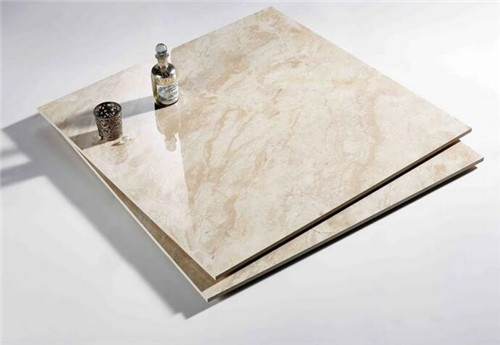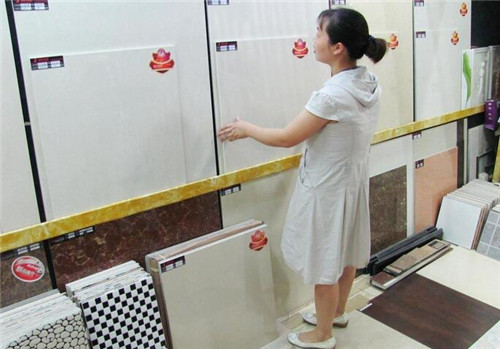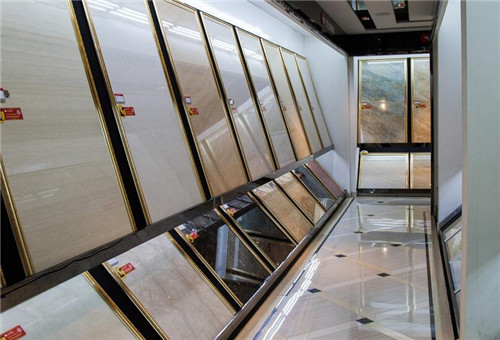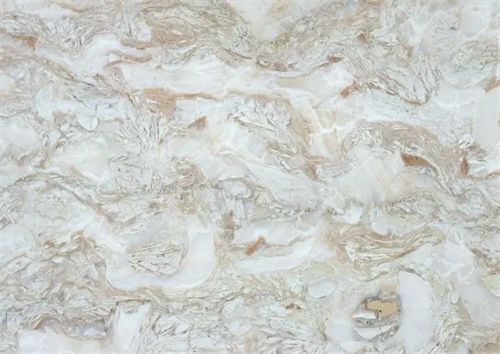From renovation to decoration, tiles are one of the most commonly used materials. Whether in the kitchen, bathroom, or living room, tile installation has become an essential part of enhancing the quality of life. However, tiling is not an easy task; it requires skills and methods to ensure quality and durability. So, what are the methods for tiling?
Essential Tile Installation Methods: A Comprehensive Guide
1. Mortar Method
The mortar method is one of the most commonly used techniques for tile installation. First, you need to prepare some materials, such as tile adhesive, tiles, a level, and a tile cutter. Next, use the level to measure the center line of the wall as a reference. Then, you can begin by applying the tile adhesive. Spread the adhesive evenly on the wall and then use a stainless steel trowel to smooth it out, ensuring the layer is even and of the correct thickness. Finally, place the tiles on the wall and gently tap them with a rubber mallet to ensure a tight bond with the adhesive layer.

2. Dry Set Method
The dry set method is a simpler tiling technique suitable for larger tiles. First, you need to prepare the tiles and tile spacers. Next, evenly place the tile spacers on the floor, and then lay the tiles one by one on the spacers, ensuring equal spacing between them. Finally, use a flat tool to tap the tiles, ensuring they fit tightly to the floor.

3. 45-Degree Angle Method
The 45-degree angle method, as the name suggests, involves installing tiles at a 45-degree angle on the wall or floor, providing a unique aesthetic. This method is relatively complex and tests the tiler's skill level. First, you need to cut the tiles at a 45-degree angle using a tile cutter. Next, draw a 45-degree diagonal line on the wall as a guide. Then, apply adhesive to the wall and lay the tiles according to the diagonal line. Finally, use a trowel to smooth out any excess adhesive, ensuring a smooth tile surface.
4. Flip Method
The flip method is based on the horizontal and vertical tiling techniques. The tiler flips the front of the tile and fixes it to the wall. This method can create a brick wall effect, making the space feel more atmospheric and stylish.

5. Tile Mosaic
The tile mosaic technique involves combining tiles of different sizes and colors. By using various shapes and colors of tiles, you can create a uniquely distinctive effect. This method requires creativity and skill to achieve an outstanding decorative result.

In summary:we have introduced several methods for tiling. There are various tiling techniques, each with its unique effects. When choosing a tiling method, it is important to consider factors such as materials, space, and personal preferences. Additionally, attention to detail during the tiling process is crucial for ensuring quality and aesthetics. Regardless of which tiling method you choose, the key is to find a suitable approach that transforms tiles into a perfect element of space decoration.
正在发送